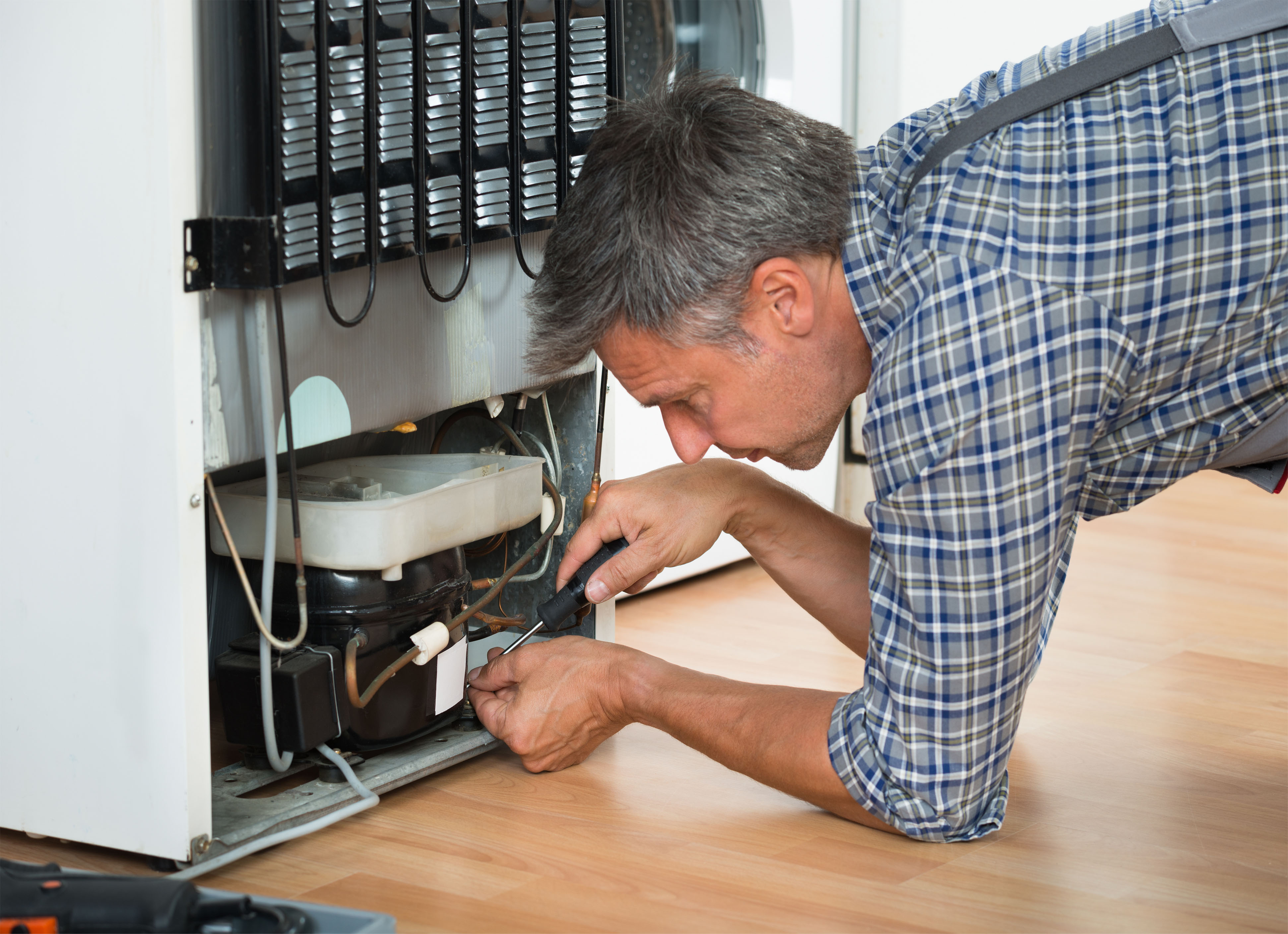When the compressor becomes faulty, your fridge cannot operate correctly, and you also run the risk of experiencing to throw food away.
So, if https://losangelesrefrigeratorrepairs.com has broken down, it'll need to be replaced. However, before you replace the compressor, you need to weigh the cost of replacing it with purchasing a new refrigerator. Investing in a new refrigerator may be a better choice.

Replacing a compressor is an extremely difficult repair to create and involves welding. You need to only attempt this repair should you be experienced and/or a qualified technician. It is also an extremely dangerous repair to handle, as it involves dealing with highly flammable gasses.
Here`s a step-by-step guide for how to replace the compressor.
Step One. Take away the Old Compressor
The first step would be to remove the old compressor. To do that:
Turn the power off to the refrigerator and pull the plug out.
Remove each of the contents of your fridge. Since replacing a compressor can take a long time, it might be best to place your meal into coolers.
Pull the fridge right out of the wall so that you can access the trunk of it.
Remove the back panel of the fridge. To remove the panel, you just need to unthread the screws that hold it in place, and it should come off. Once removed, place it taken care of.
Locate the compressor. It really is behind the fridge on the bottom of it.
Disconnect the power cable, and take away the cover that protects the electrical components.
Take away the relay, the capacitor, and the overload protector.
Release the refrigerant by attaching a perforating valve onto the procedure tube and releasing it. Be sure you have adequate ventilation.
Once released, you have to connect a nitrogen cylinder onto the manifold and inject the gas at a pressure of 50 PSI.
Take away the manifold valve.
Sand the compressor tubes in the areas which were soldered so that they are abrasive.
Cut the discharge and suction tubes (leave about 20-30 mm from the end of the procedure tube).
Remove the compressor.
Remove the filter. You should employ a soldering torch (work with a neutral flame).
If the compressor motor burned out, you need to clean the tubes. This is done by welding on a tube connector to the suction line and then charging a cylinder with about 500 ml of solvent. Afterward you attach the cylinder to the suction line and attach the finish of the cylinder to the solvent cylinder. Put the tip of the capillary right into a container to get the used solvent. You can inject the solvent through the system. After that, you will have to supply the system a nitrogen charge to drive out any residual solvent.
Step Two. Install the New Compressor
Now that you have removed the old compressor, the next thing is to install the new one. To do that:
Attach the new filter (ensure you have the correct one). You first need to solder a Schrader valve onto the excess connection (make sure you take the cap off before welding). Next, connect and weld the filter onto the condenser outlet. After that you can attach the filter to the capillary tube and weld it on.
Place the brand new compressor into the correct position.
Connect all of the tubes up to it, and weld them on.
You should then execute a leak test by injecting nitrogen into them and utilizing a sniffer tool. If you don`t have a sniffer tool, it is possible to place soapy water onto them and appearance out for any bubbles that appear, as this means that you will find a leak. Once tested, release the nitrogen.
Use a vacuum pump to remove air from the compressor.
Install the capacitor to the relay, accompanied by the overload protector, and attach the relay to the compressor`s terminal.
Connect the cooling system wires to the relay and the overload protector terminals.
Now you can put the electrical components cover back on.
Fill the compressor with refrigerant (be sure you have the right volume).
Double-check that all of the wires and tubes are correctly positioned, and if so, your new compressor should now be successfully installed.
THIRD STEP. Test That It Works
The final step would be to test that your new compressor works. You can certainly do that by simply turning your refrigerator back on and testing to see if it's working. If not, you need to contact a technician to have a look at it.
